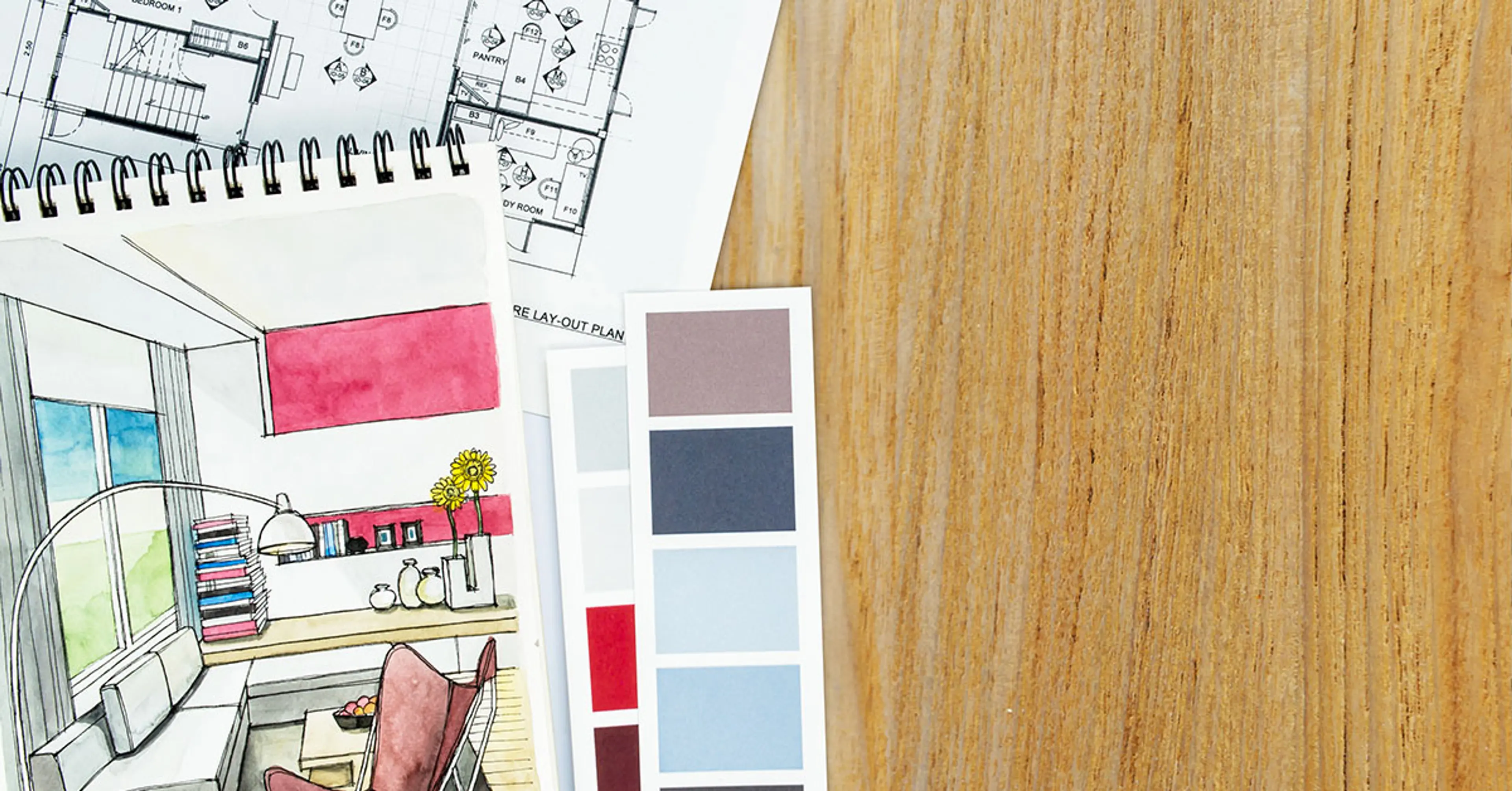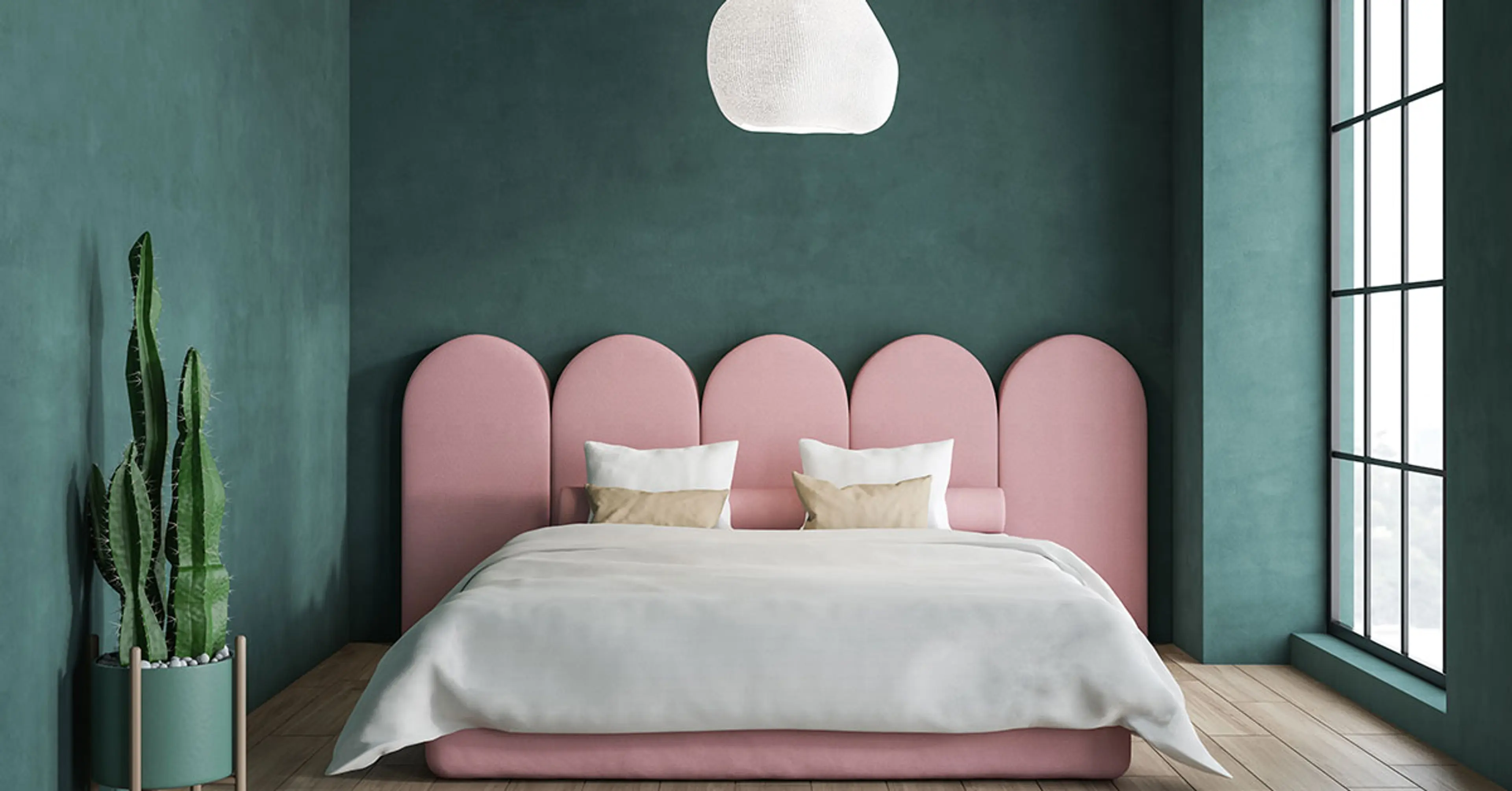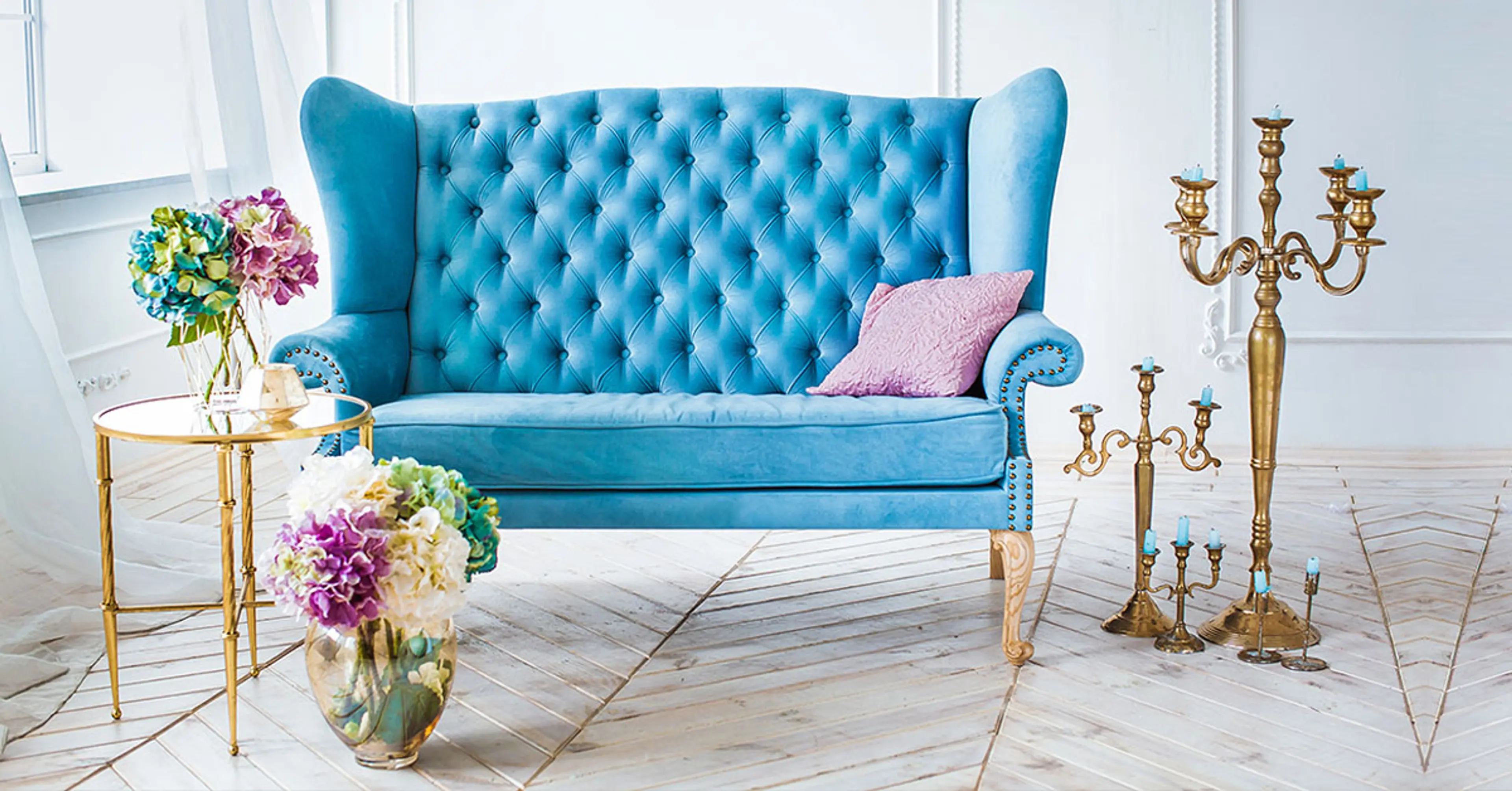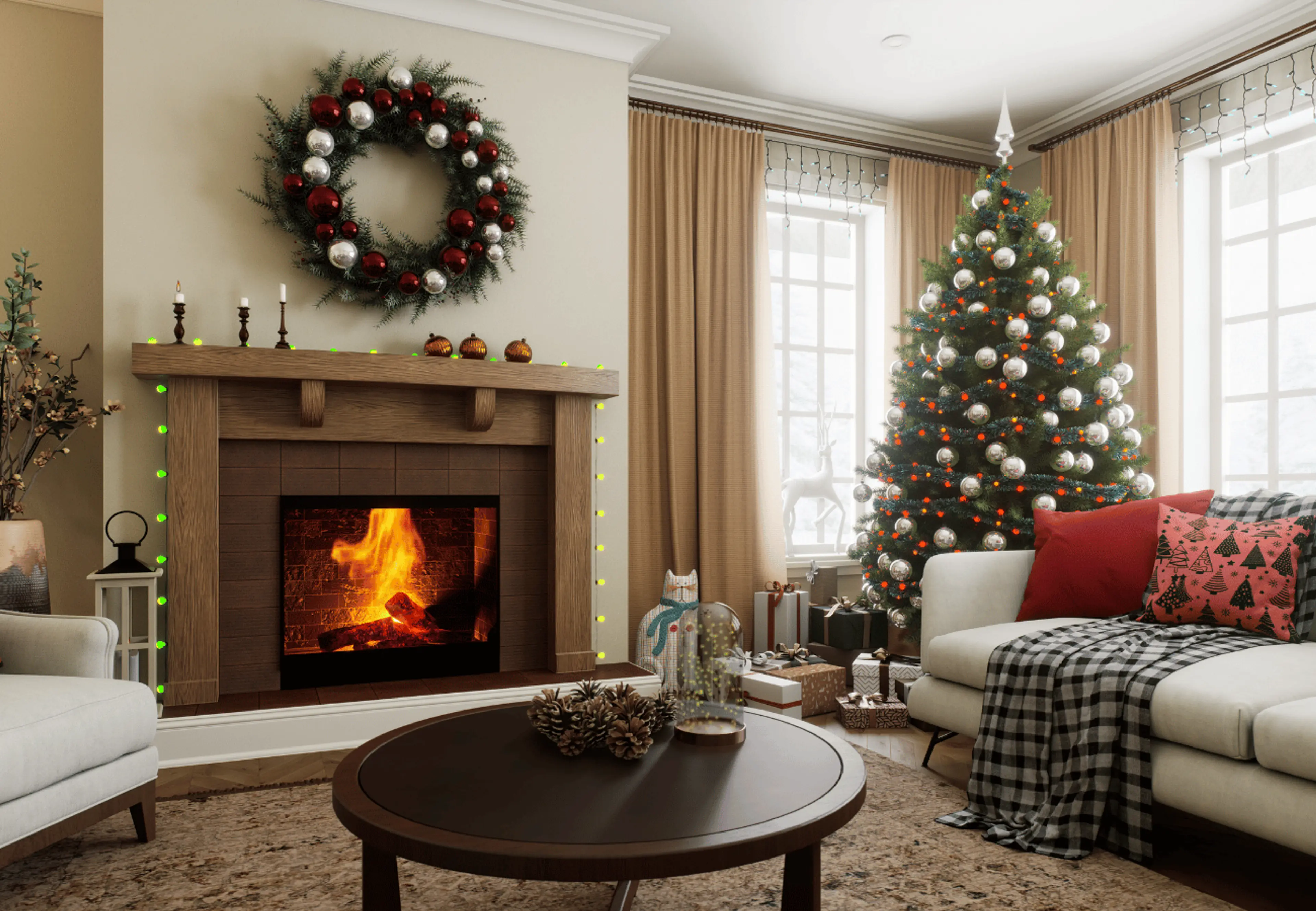How To Keep A Cohesive Colour Flow In Your Home
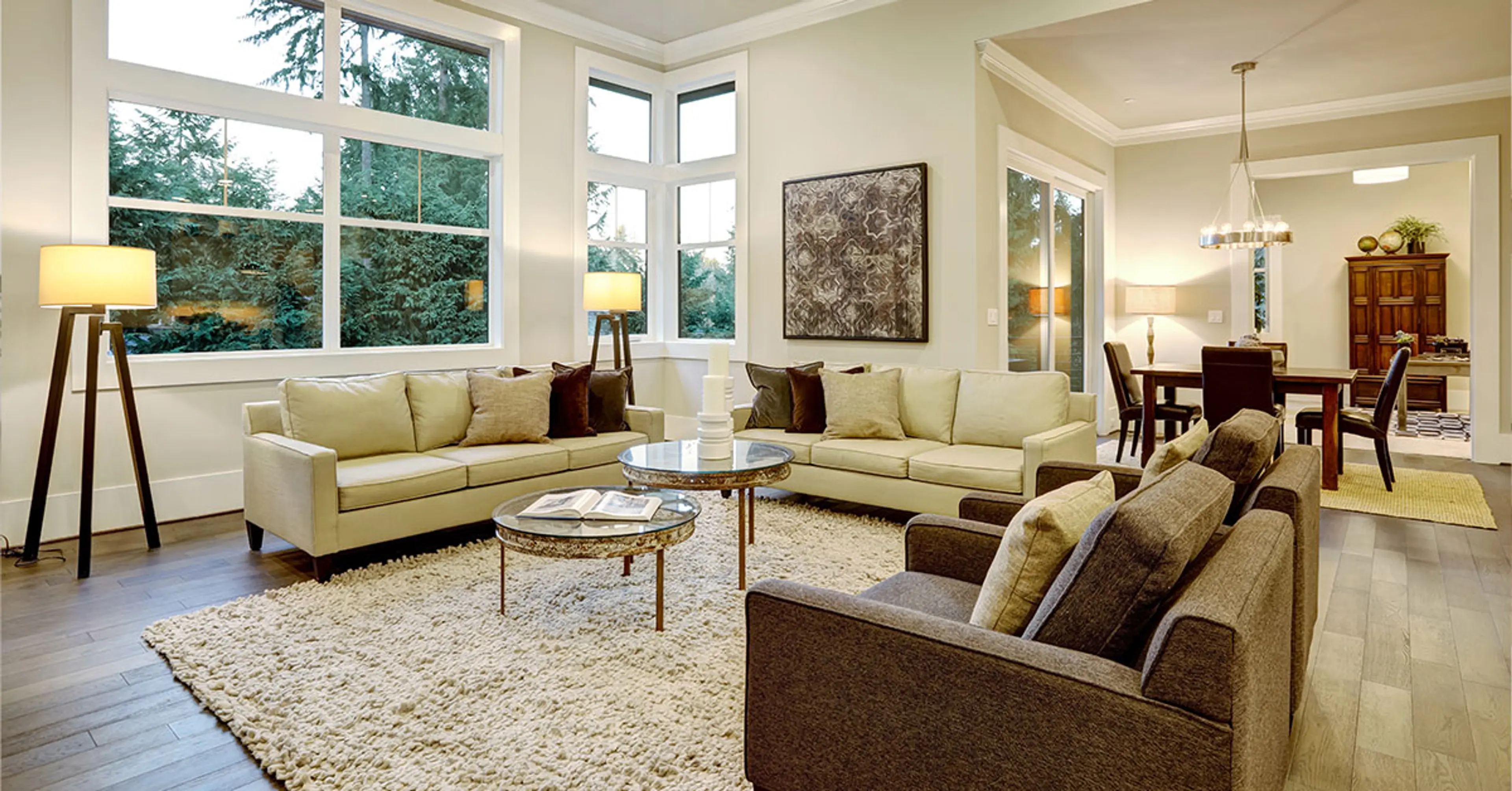
 Apr , 2020
Apr , 2020- Berger Speaks
- 5 Min Read
Creating a cohesive colour scheme for your home doesn’t have to be challenging or tricky. So, how do you finalise a colour palette that fosters flow, you ask? Here are some tips to consider for cohesion in your living space.
We all have our own colour preference that varies as much as our unique personalities. Some people love neutrals while some love being surrounded by bright and bold shades. The good news is that when it comes to hues, there really is no“correct” palette but there are some basic guidelines you can follow no matter what your colour scheme.
Pay Attention
One easy way to create a cohesive feel is to use a consistent paint shade on the walls of connecting spaces. Most of our homes have an open floor plan, so it is wise to choose one shade that is going to serve as your dominant colour. This does not mean it has to be grey, beige or white.
Stand at your front door and observe your interiors closely. Let your eyes take a tour of your home from where you are standing. Can you see the kitchen from your living room? Wouldn’t you want to sense a visual flow when you are in the hallway walking in the living room and then looking at the kitchen? This is because the cohesiveness brings a sense of peace and order.
What vibe does your house give you? It is important that you observe the style and size of your home too. A large, modern home with an open concept leads to different flow, which means different shade choices compared to an older and a more traditional floor plan.
It is a good idea to note down which rooms are visible to each other to make sure the cohesive flow of colour. If you find it difficult, just do a walk-through of your home and sketch a floor plan to stay organised. You don’t want your home to look disjointed now, do you?
Colour Scheme Is Key
A colour scheme is crucial in creating a cohesive living space. A colour story creates consistency and connects each room to the other. You can try some variation with regards to the amount of colour and the items in a particular hue in each space for some fun. You can choose a colour combination that works for you and the theme of your home.
Use The 60-30-10 Formula
For all you left-brained folks, here is another way to create a cohesive flow from room to room. Think of the palette for your home as a mathematical problem. Use a base shade that you really like as 60% to 70% of what you are going to paint for your home interiors, and your next shade needs to be 30%. Reserve 10% for accents.
For all you right-brained folks, here is a more creative way of looking at the palette. If you have yellow pillows in your living room, try using the same yellow in a different room like your bedroom on an accent rug or an art piece. The entire house colour scheme should have about 3-5 hues. Anything more than that can spell chaos.
In a nutshell, let one shade be your primary shade – it is the dominant hue that is used in your room or the complete house, then you have a secondary and tertiary shade. The secondary shade should make up about 50% or less of that shade in your space and the tertiary shade should make up about 25% or less. If you have one or two more accent hues, these should be used sparingly as they are accent hues.
Save The Boldest And Edgiest Colours To Closed Rooms
Rooms out of the sightline of other rooms are good places to be experimental. Any room enclosed by four walls is a great place to have some fun. That little laundry room in your house can be a bright red or a cheery yellow to wash away your blues.
Say It With Bold Accessories
Accessories are an easy and inexpensive way to infuse some drama and they are way easier to swap out in case you get bored of the hue. The key is finding a way to inject the hue that makes rooms visually interesting and exciting without feeling like you need to escape. Bright hue is good when you want to focus on a piece worthy of attention.
Try these tips in your home and see what you think! You will be surprised to see just how these keypoints will pull each room together and feel more cohesive.
Above all, don’t stress about getting your cohesive look exactly right. You may fall in love with decorative elements or furniture pieces that go against some of the rules set above – and that is absolutely fine! What is most important is you decorating your home how you would like to decorate it.
We, at Berger Paints India, truly hope these tips help you to feel more confident in your ability to create a cohesive colour scheme in your house. Get your creative juices flowing!

